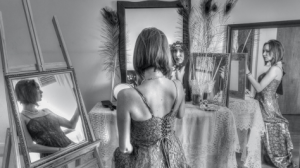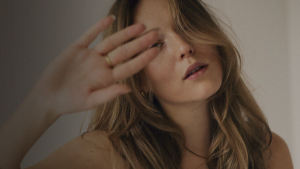For millennia, beauty has been a source of curiosity and adoration, and many women have been praised for their great physical attractiveness and inner grace. However, choosing who the most beautiful woman in history is a subjective and difficult undertaking. Beauty is a very personal and culturally affected term, and what one person thinks beautiful may not be considered attractive by another. In this blog, we will investigate the concept of beauty and highlight some great women throughout history who have been regarded as among the most beautiful.
The Subjectivity of Beauty
Beauty, as they say, is in the eye of the beholder. It differs from person to person and is impacted by cultural, historical, and sociological influences. What one civilization or culture thinks beautiful may differ greatly from what another society or culture considers lovely. Furthermore, beauty is more than just physical attractiveness; it also includes interior traits such as kindness, intelligence, and charisma.
Throughout history, countless women have been recognised for their remarkable beauty. Some of these women are:
Cleopatra: The final Egyptian Pharaoh is frequently regarded as the ideal of beauty. Her attractiveness and charisma were legendary, and she is supposed to have captured the hearts of two of her time’s most prominent men, Julius Caesar and Mark Antony.
Helen of Troy: According to Greek legend, Helen’s beauty launched a thousand ships, resulting in the Trojan War. Her beauty was seen as so remarkable that it sparked one of history’s greatest famous battles.
Marilyn Monroe: Marilyn Monroe, the legendary Hollywood actress and model, is frequently recognised as one of the most beautiful women of the twentieth century. Her sensual allure and ageless charm continue to wow audiences today.
Audrey Hepburn’s inherent elegance and grace have made her a timeless emblem of beauty. Her humanitarian work and inner beauty contributed to her legend.
Princess Diana: Not only was she revered for her physical beauty, but also for her compassion and charity. She used her position to advocate for a variety of charity causes.
The Changing Standards of Beauty
Beauty ideals have changed over time in response to changes in cultural norms and societal values. What was considered attractive in one age may not be regarded beautiful in another. The voluptuous bodies of the Renaissance era, for example, contrast with the more slender, athletic ideals of the twentieth and twenty-first centuries. Today, diversity and inclusivity are widely recognised, defying conventional aesthetic standards.
Inner Beauty Matters
While physical beauty frequently draws our attention, it is important to realise that inner beauty can be even more enticing. Kindness, intellect, confidence, and empathy are qualities that can increase a person’s attractiveness and make them truly beautiful in the eyes of others. Beauty is more than just skin deep; it is the result of a complex combination of physical appearance and interior attributes.
Because beauty is subjective and standards change with time, determining who the most beautiful lady who has ever lived is an impossible endeavour. Throughout history, many women have been praised for their great beauty, both physical and inner. Finally, beauty is a deeply personal and cultural idea, with each individual having their own unique opinion on what is lovely. Instead of looking for the “most beautiful,” we should enjoy and embrace the many different types of beauty that exist in the world, and recognise that true beauty extends beyond appearances to include the characteristics that make a person unique and admirable.


